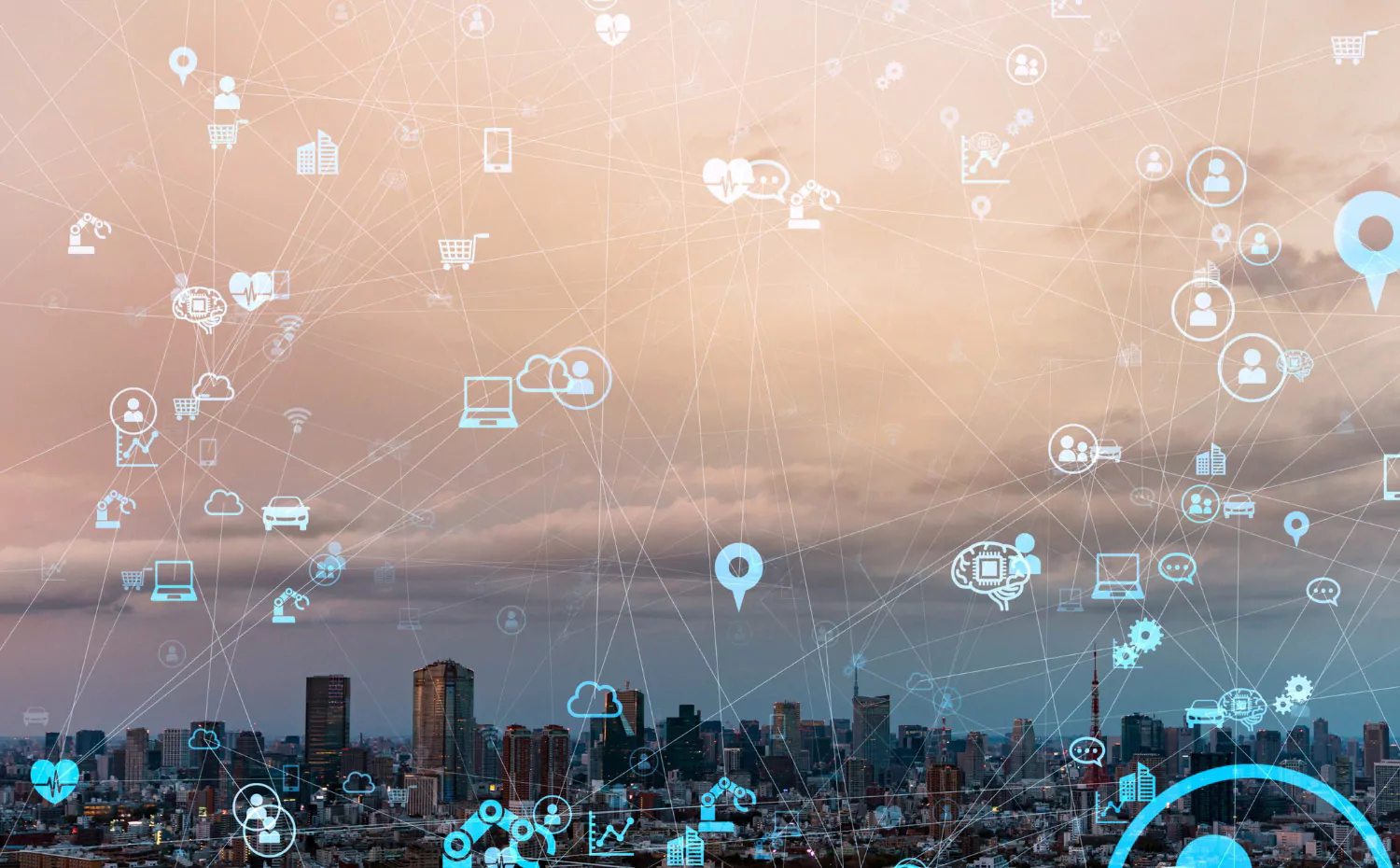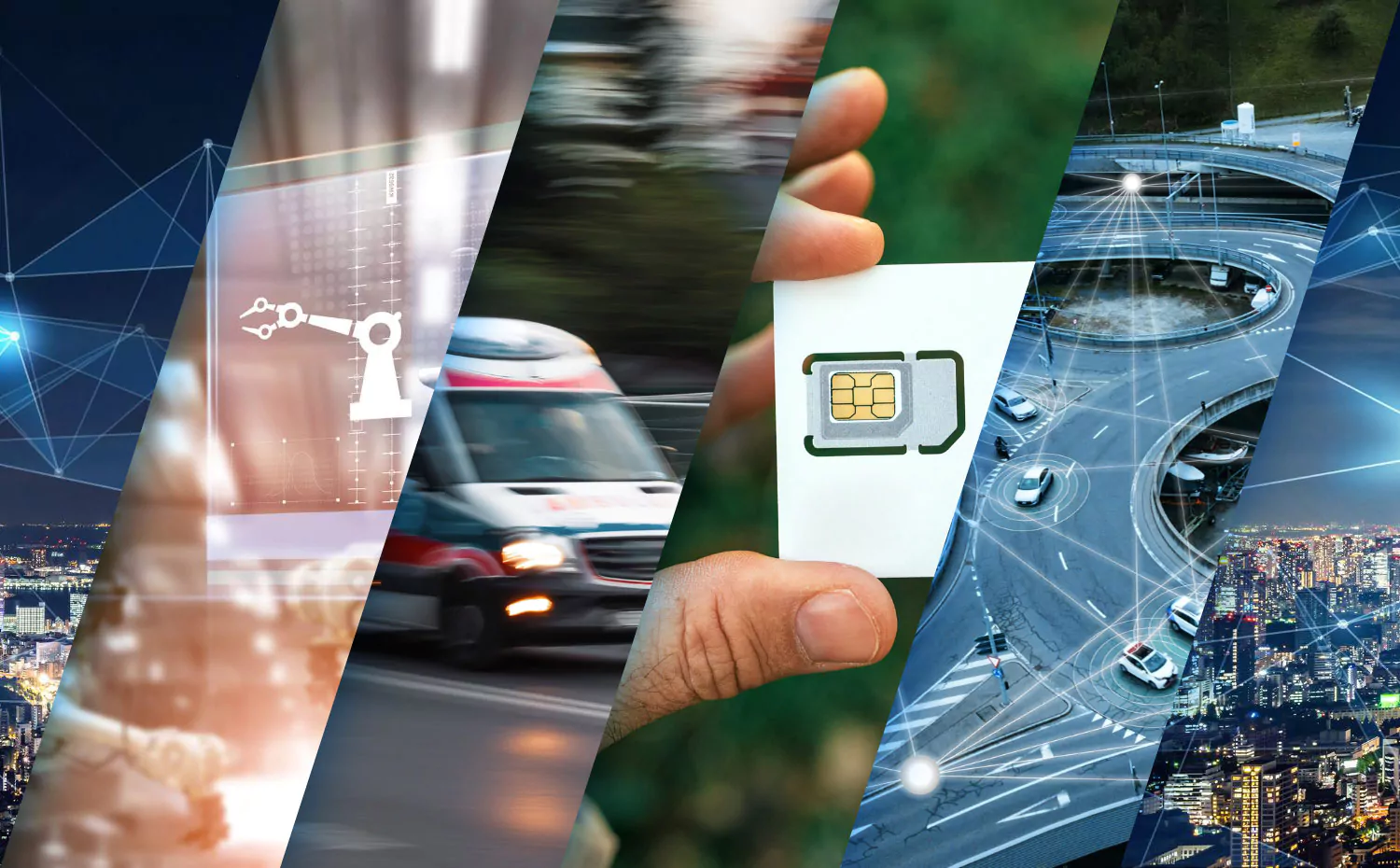The transformation of the energy system towards a sustainable, CO2-neutral economy is one of the greatest challenges of our time. The key to overcoming this challenge lies in the intelligent management of energy consumption in order to compensate for the increasing volatility of energy generation from renewable sources. Section 14a of the Energy Industry Act (EnWG) plays a decisive role in realising this goal by defining the framework conditions for the use of controllable consumption devices. This regulation is designed to efficiently control energy consumption and thus ensure grid stability while paving the way for far-reaching decarbonisation.
Translated with DeepL.com (free version)
§14a EnWG in focus:
Section 14a of the Energy Industry Act (EnWG) lays down the principles for the grid-orientated control of controllable consumption devices, a decisive step towards adapting the demand for electricity to the volatile supply of renewable energies. This paragraph authorises the Federal Network Agency to define uniform national regulations that oblige electricity distribution system operators, suppliers, end consumers and subscribers to enter into agreements on the grid-oriented control of such facilities. This can take the form of economic incentives, agreements on grid connection services or direct control of the consumption facilities themselves, with the latter taking priority in cases with few applications. The aim is to make the grid more efficient and secure through more precise grid monitoring and digitalisation as well as the definition of specific requirements for controllable devices and grid connections. Before standardised regulations are defined, grid operators can offer reduced grid charges if grid-oriented control is agreed. Controllable consumption devices include, in particular, heat pumps, charging points for electric vehicles that are not accessible to the public, systems for cooling or storing electrical energy and night storage heaters. The control of these facilities is increasingly made possible by smart metering systems, which support more precise and needs-based control of energy consumption, effectively driving the energy transition and ensuring grid stability.
The relevance of §14a EnWG
Section 14a EnWG is a fundamental pillar of the German energy transition. It enables more efficient use of renewable energies and stabilisation of the electricity grid through the flexible control of consumption devices such as heat pumps and electric vehicle charging stations. This regulation is not only a technical framework, but also a key element in increasing energy efficiency and reducing CO2 emissions.
Applied connectivity
New opportunities for increasing energy efficiency are emerging in various areas of connectivity, such as in the area of system control. Here, intelligent control systems enable production processes to be flexibly adapted to the fluctuating energy supply. This leads to a significant reduction in energy consumption, promotes cost savings and increases the competitiveness of companies.
Heat pumps are another example of the effective utilisation of §14a EnWG. Thanks to their ability to generate and store heat as required, they offer considerable potential for making electricity consumption more flexible. Their networking makes it possible to specifically schedule operation at times of low electricity demand or high supply of renewable energies, which relieves the electricity grid and maximises the use of renewable energies.
The charging infrastructure for electric vehicles also benefits from the connectivity promoted by §14a EnWG. Networked charging stations can intelligently control the charging of vehicles in order to avoid grid overloads and minimise costs for users. These smart charging stations also open up opportunities for innovative business models and services that further promote the acceptance and spread of electromobility.
Overall, smart connectivity across different sectors ensures more efficient use of resources, promotes sustainable energy practices and contributes to the stability of the energy grid.
Summary and outlook
The introduction of Directive §14a EnWG marks a decisive step in the energy transition by integrating controllable consumers into the energy system. This integration makes it easier to adapt to fluctuations in energy production and strengthens grid stability, supported by comprehensive connectivity for smooth communication and data transmission. This connectivity not only enables more efficient energy utilisation, but also promotes a more reliable and sustainable energy supply.
The further development of connectivity through technologies such as 5G and IoT will have a decisive impact on the future of charging infrastructure for electric vehicles, the operation of heat pumps and industrial plant control. These technological advances will enable more precise matching of energy supply and demand, helping to reduce CO2 emissions and increase system efficiency.
In addition, attention to cyber security and data protection is crucial in order to maintain user trust and ensure acceptance of the technologies. Section 14a EnWG and the focus on consumer connectivity therefore play a central role in the transformation of the energy supply system. In the coming years, the focus will be on the development and implementation of connectivity solutions that support a sustainable, efficient and user-friendly energy infrastructure in order to drive decarbonisation and open up new economic and social opportunities.


